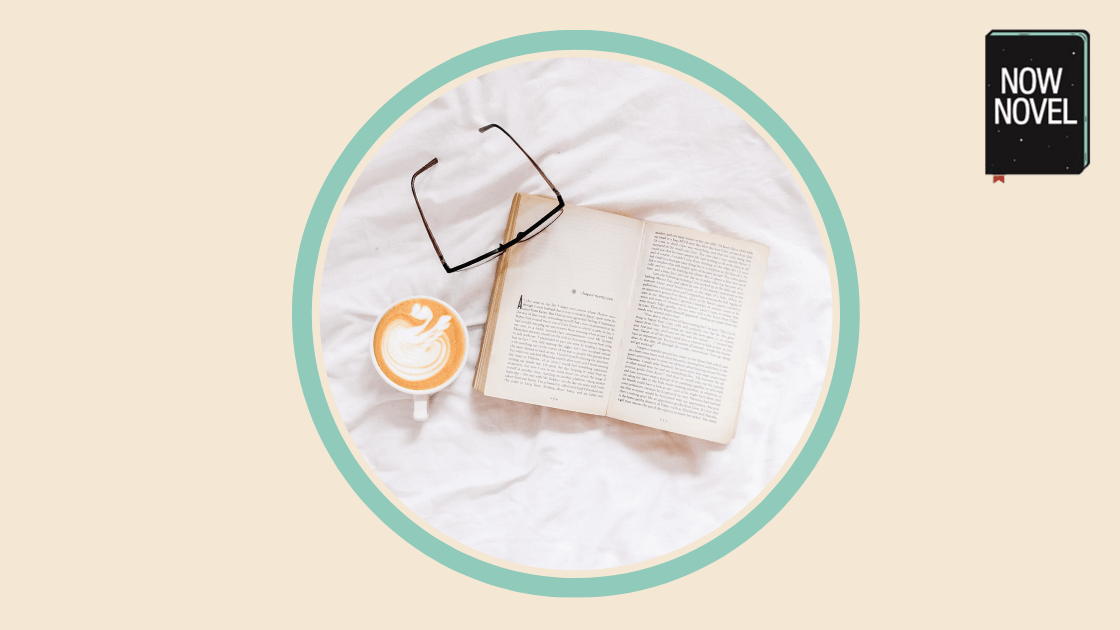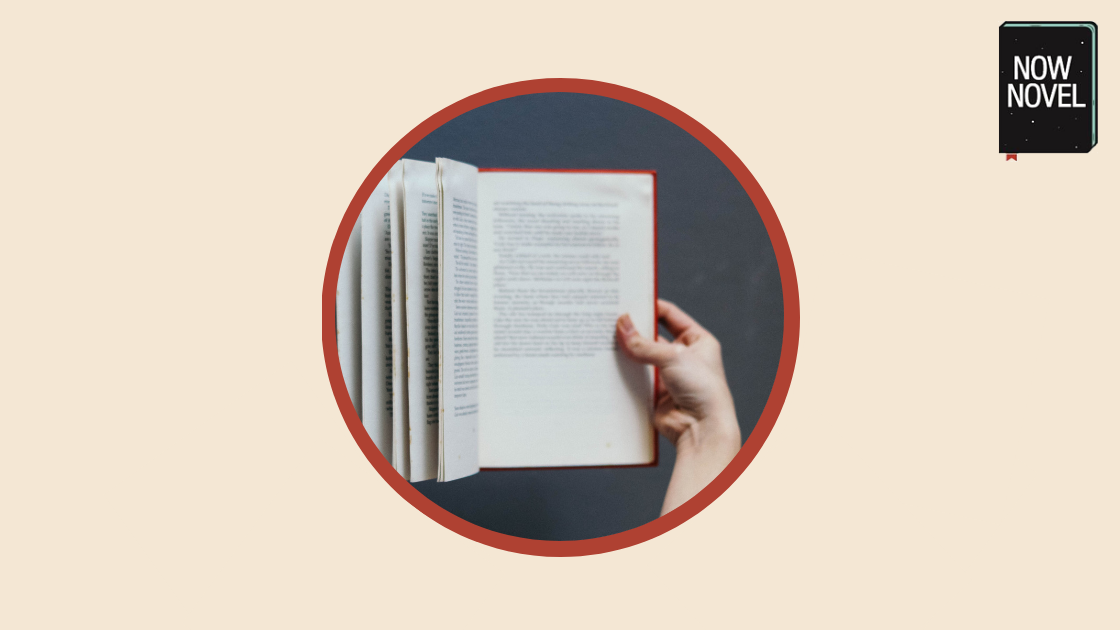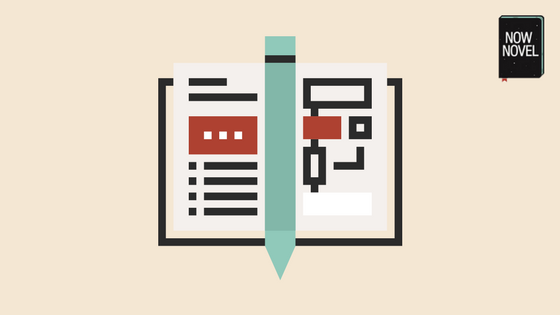How do you start a chapter in a novel to hook your reader and structure your story? These 10 examples reveal ways to make your chapter beginning count:

Story structure is part of what makes a great novel, short story, play or other tale.
Find every article on crafting well-structured stories in Now Novel’s archives here.
Learn how to create an effective and purposeful scene. Get advice on chapter structure including where to use a dinkus or scene break. Discover how structure can help you keep your reader enthralled and turning pages.

How do you start a chapter in a novel to hook your reader and structure your story? These 10 examples reveal ways to make your chapter beginning count:

You can easily find a novel outline template such as a spreadsheet full of empty fields to fill. Yet columns and rows of blank space are also daunting. Here are 5 tips for an easier outlining process:

In novels, screenwriting, and play-writing a scene is a useful structuring device for deciding what happens, where, to whom, and why. There are many ways to outline a story, but planning scene by scene is a useful way to make sure every scene has purpose, intrigue, and the other ingredients of a great read. Here are 5 tips to plan and link individual scenes to create structured story arcs:

Great scene writing makes each part count towards the whole. This is particularly important when working in shorter forms such as short stories or one-hour TV episodes. Keep your scenes lean using these 5 scene writing tips:

Knowing how to end a novel is an essential skill for fiction writers. Story endings often stay with us as readers – especially when they’re satisfying, haunting, clever or profound. Here are 7 ways to end a novel. May they inspire you to find the best closing for your story:

Knowing how to start a scene so your reader is involved from the beginning is a skill anyone can develop. Read the following tips to ensure each set of unfolding events in your story captivates from the first few lines:

Structuring a story is challenging, especially when your story spans multiple books (or, in the case of TV, episodes). Read on for ideas to make your series arcs – of character and plot – rewarding:

Plot structure or narrative structure is a key element of story. Even the most simple children’s stories have story events that relate to each other, showing intriguing cause and effect, action and reaction. Here are tips for shaping your story so there is satisfying connection between scenes and events, starting with a definition of plot structure:

When you’re writing a first or even second draft, the parts of a story – exposition, development, and ending – often feel disconnected. For a cohesive plot, think in long-form development (character and story arcs) rather than in individual, isolated plot events. Read tips to make the separate parts of your story mesh together better: